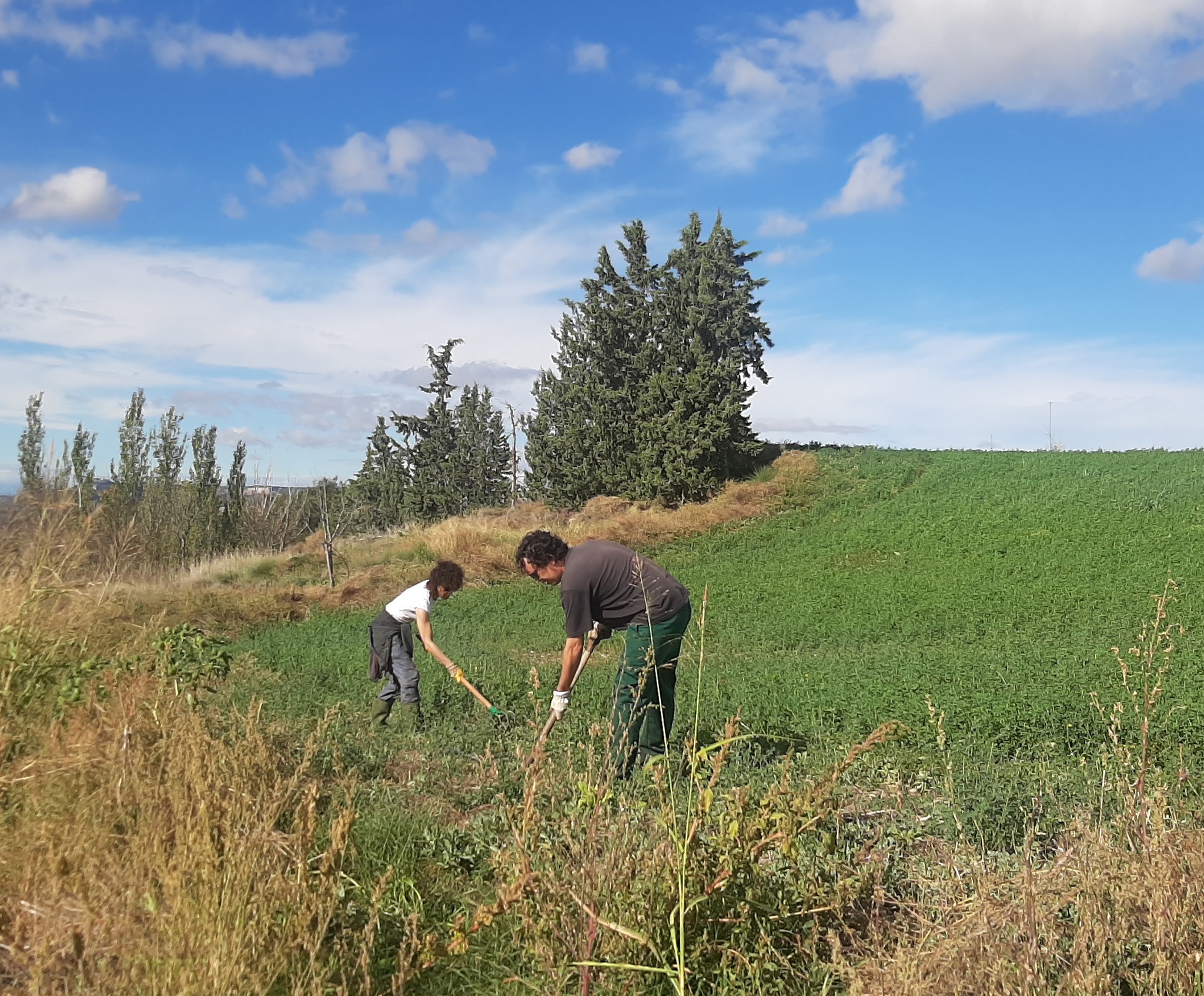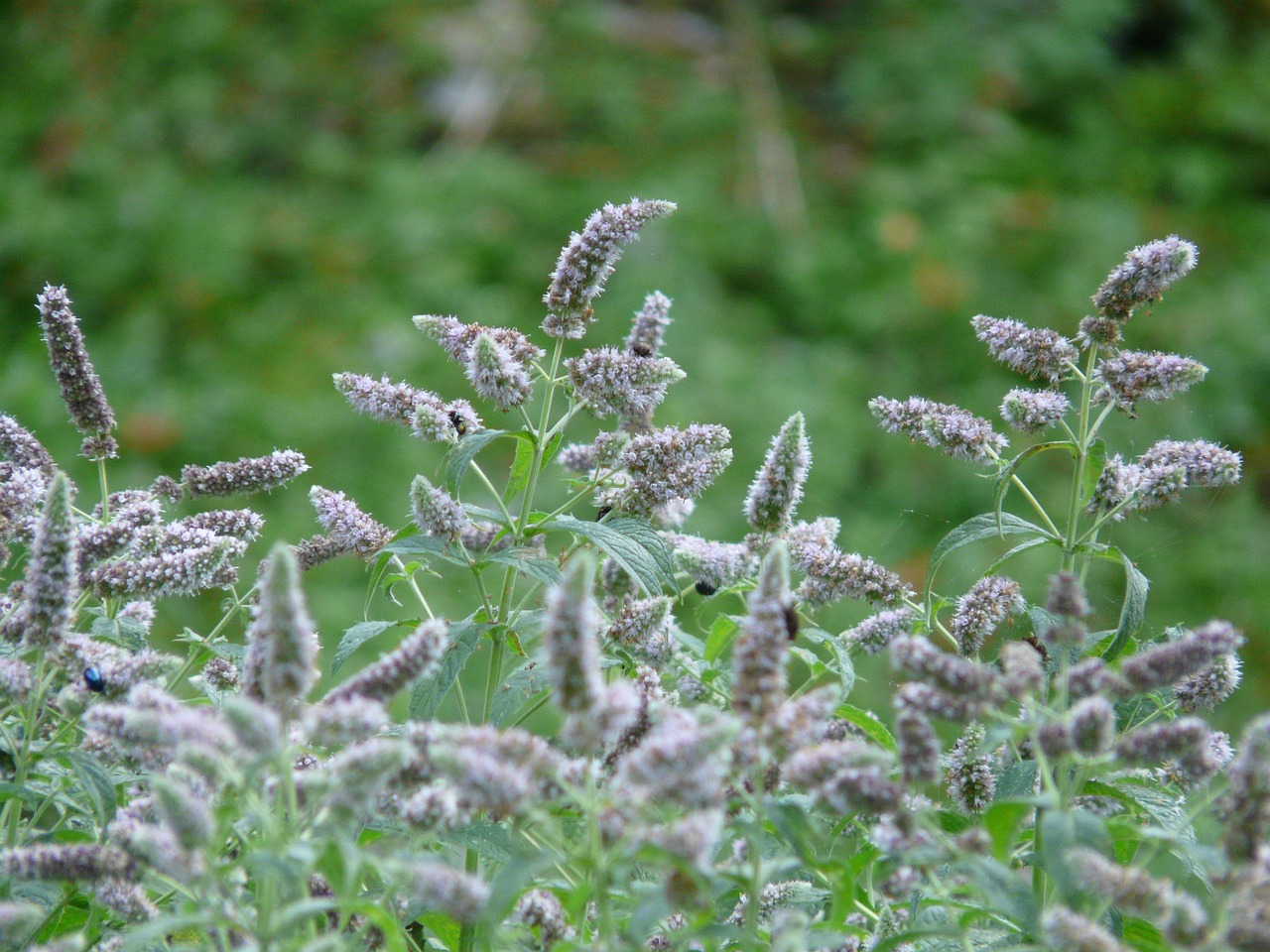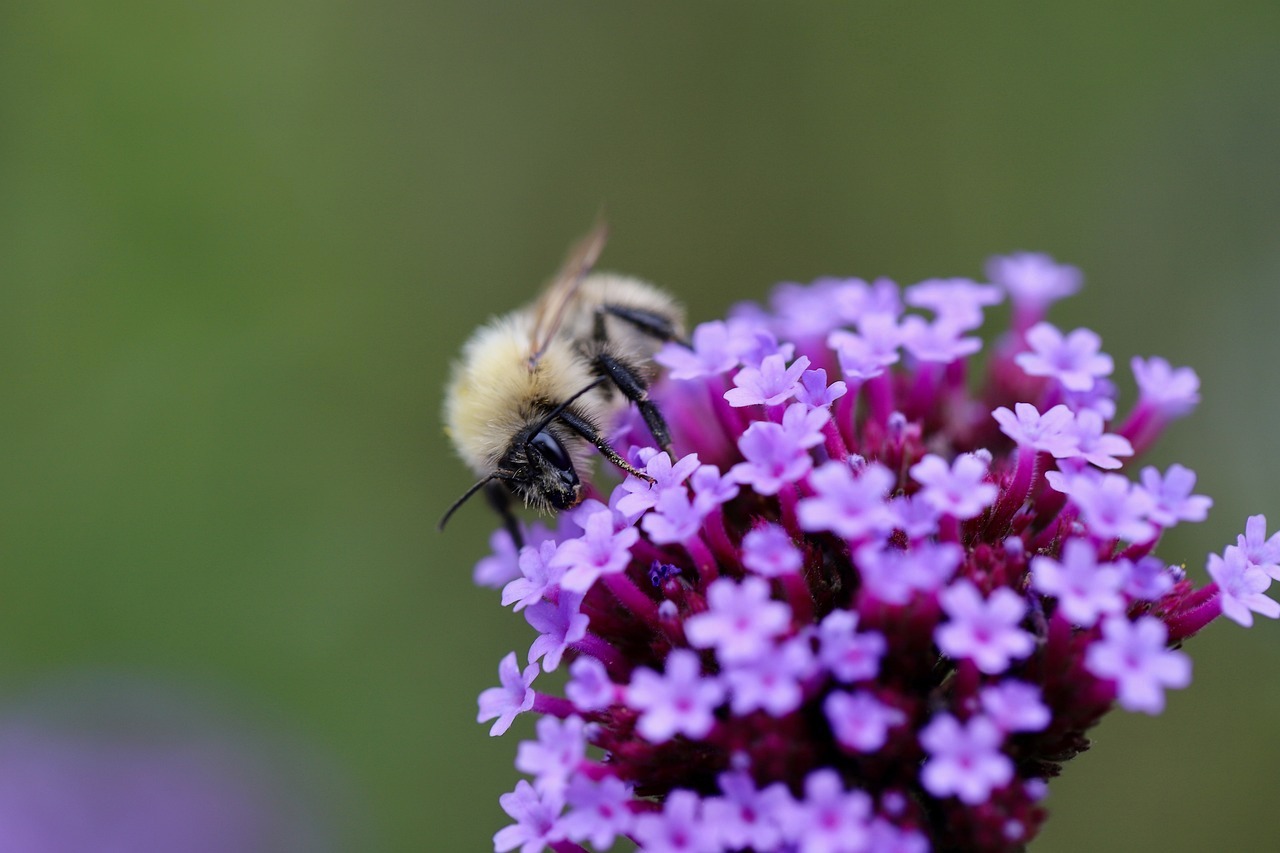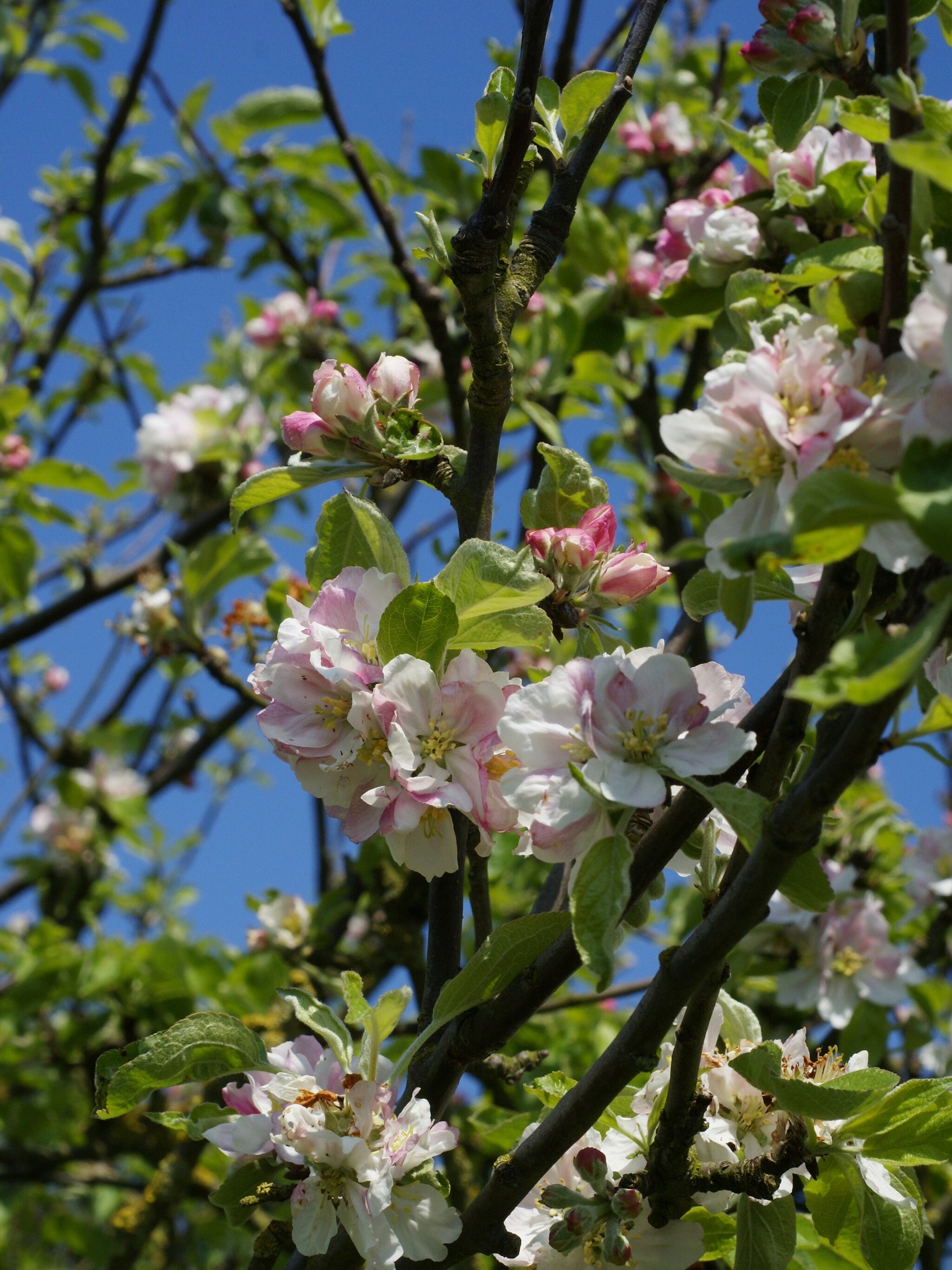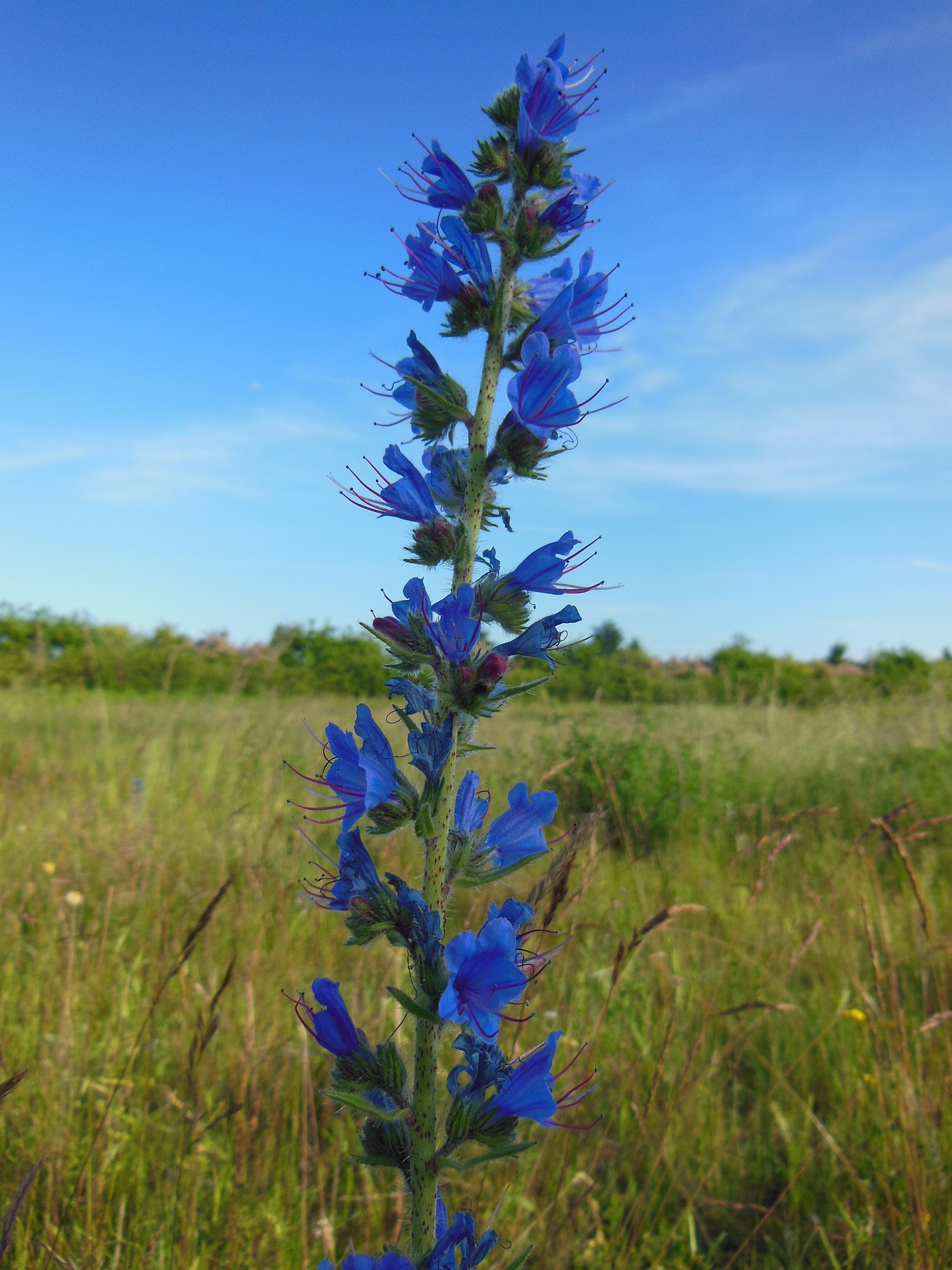Good news from our partner CITA Aragón in Spain
lifepollinaction2024-02-14T09:41:11+01:00Good news from our partner CITA Aragón in Spain! Getting ready for spring! Carrying out maintenance works in the interventions of the LIFE PollinAction project in the Ejea de los Caballeros site LIFE Programme #LIFEprogramme #LIFEproject #EUpollinators #impollinatori #api #pollinators #bees LIFE 4 Pollinators LIFE Greenchange Life BEEadapt Università Ca' Foscari Venezia United Nations Biodiversity The Pollinator Partnership BeeLife European Beekeeping Coordination polli.NET


